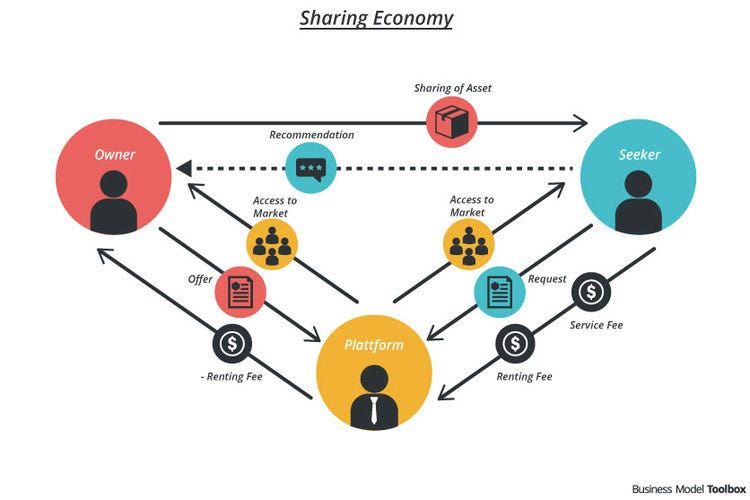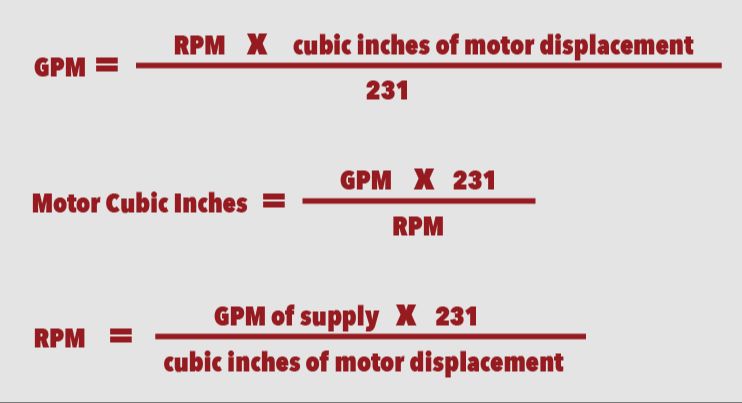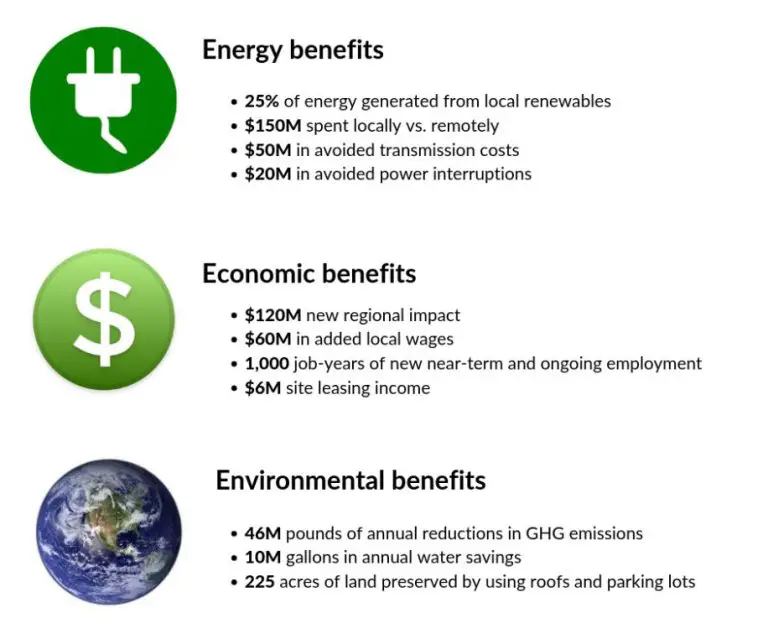What Is Meant By Reducing Consumption?
Defining Reduced Consumption
Reduced consumption refers to the conscious effort to buy and use less consumer goods and services. It involves being more mindful of one’s purchases and consumption habits in order to limit waste, environmental impact, and spending. Reduced consumption has become more prominent in recent years due to growing awareness of issues like climate change, pollution, and economic inequality.
Those looking to reduce consumption may make changes like buying fewer clothes, cutting back on takeout, repairing belongings instead of replacing them, avoiding single-use plastics, and just being more conscious consumers in general. The aim is to curb overconsumption – the purchasing and use of goods beyond what is needed – and its negative effects. Key ways people pursue reduced consumption include simplifying their lifestyles, practicing mindfulness, participating in the sharing economy, and advocating for policy changes.
Consumerism and Overconsumption
Consumerism has led to overconsumption in many developed countries. For example, Americans account for only 4% of the global population but consume 24% of the world’s energy. On average, people in the US throw away 4.4 pounds of trash per person per day, most of which could have been reused or recycled.
Consumerism promotes the acquisition of goods and services in excess of basic needs. Advertising and marketing encourage consumers to buy more than they need, leading to conspicuous consumption as a display of social status. New product releases, fashion trends, and planned obsolescence also fuel overconsumption.
The environmental impacts of overconsumption include air and water pollution, deforestation, biodiversity loss, and climate change. Producing excessive consumer goods depletes natural resources and generates waste. For example, fast fashion’s quick turnover of styles produces over 92 million tons of textile waste per year. Overconsumption strains the planet’s ecological carrying capacity.
Reducing Personal Consumption
Many people are seeking ways to reduce their personal consumption and live more sustainably. Here are some tips for reducing your consumption of goods, energy, and water:
Buy less stuff. Before making new purchases, ask yourself if you really need an item or if you can borrow, rent it, or do without. Avoid impulse buys. Shop secondhand when possible.
Cut down on takeout and pre-packaged foods. Cook at home using fresh ingredients to reduce plastic waste from packaging. Meal plan to reduce food waste.
Use reusable versions of disposable products. Carry reusable bags, coffee mugs, water bottles, and utensils. Say no to straws, lids, and other single-use plastics.
Conserve energy. Switch off lights and unplug appliances when not in use. Use efficient LED bulbs. Adjust the thermostat a few degrees cooler in winter and warmer in summer. Limit use of hot water.
Reduce water usage. Take shorter showers. Fix leaks. Install water-saving faucets and showerheads. Run full loads in the washing machine and dishwasher.
Buy quality items built to last. Choose clothing, furniture, appliances, and electronics made to endure years of use and repair. Avoid “fast fashion.”
Borrow, rent, or share items used infrequently. Utilize libraries, tool libraries, and neighborhood sharing programs. Split large purchases with others.
Live with less space. Downsize to a smaller living space requiring less energy to heat and cool. Declutter unnecessary belongings. Embrace minimalism.
With some mindful changes, it’s possible for many people to significantly reduce their personal consumption and tread more lightly on the planet.
Reducing Food Waste
Food waste is a major problem around the world. An estimated one third of all food produced globally for human consumption is wasted or lost every year. In industrialized countries, most food waste occurs at the consumer level, with food discarded even if it’s still edible. In developing countries, food loss mainly occurs during production, handling, and storage.
Wasting food causes huge amounts of greenhouse gas emissions and unnecessary water and land use. Rotting food also adds to landfill volume. With nearly 1 billion people worldwide affected by hunger and food insecurity, reducing food waste is critical.
There are many simple ways people can reduce personal food waste. Meal planning and making grocery lists can prevent overbuying. Storing fruits and vegetables properly helps them last longer. Learning to understand food labels reduces throwing away food prematurely. Creative recipes can use up leftovers and on-hand ingredients about to expire. Composting food scraps also prevents waste from going into landfills.
Sustainable Living
Sustainable living refers to adopting a lifestyle that aims to reduce your environmental impact through mindful consumption and green practices. This involves being aware of the origins of products you buy, reducing waste, and making eco-friendly choices in areas like transportation, energy use, and food. Here are some tips for leading a more sustainable life:
– Reduce your consumption overall. Before making purchases, ask yourself if you really need a new item or could reuse something you already have. Renting, borrowing, and sharing items can also cut down on waste.
– Shop local and choose eco-friendly products. Supporting local producers, farmers markets, and businesses with sustainable practices makes a difference. When possible, pick reusable, natural, and recycled goods.
– Cut down on energy use. Turn off lights and appliances when not in use. Switch to LED light bulbs, install a programmable thermostat, and upgrade to energy efficient home appliances. Using less electricity reduces your environmental impact.
– Conserve water. Take shorter showers, turn off the tap when brushing your teeth, and install low-flow faucet aerators and showerheads. Be mindful of your water usage.
– Reduce emissions. Walk, bike, or take public transit instead of driving when possible. If you do drive, combine errands and carpool to cut down on trips. Consider an electric or hybrid vehicle for lower emissions.
– Compost food scraps and waste. Composting leftovers and organic material reduces greenhouse gas emissions from landfills. Use compost in your garden as a natural fertilizer.
– Eat less meat and dairy. Large-scale meat and dairy production generates significant greenhouse gas emissions. Reducing your consumption helps the planet. Eat more locally sourced, plant-based whole foods.
– Avoid single-use plastics. Carry reusable bags, straws, coffee cups, and water bottles. Look for plastic-free alternatives like bamboo toothbrushes and reusable storage bags.
With some effort, we can all adopt habits that leave a lighter footprint on the Earth. Small sustainable changes to your lifestyle can make a meaningful difference over time.
Sharing Economy

The sharing economy refers to an economic model based on sharing underutilized assets from spaces to skills. It is sometimes referred to as collaborative consumption. The sharing economy leverages technology to allow individuals and groups to make money from renting assets including cars, homes, and other items.
Some of the most popular sharing economy services enable peer-to-peer sharing of vehicles through companies like Turo, home sharing through Airbnb, and freelance services through sites like Fiverr. Rather than owning assets, consumers can access them on-demand through these sharing platforms.
The benefits of the sharing economy include:
- Allowing underutilized assets to be monetized
- Providing affordable access to services and goods
- Building connections within communities
- Promoting efficient use of resources
The sharing economy creates value for owners and flexibility for consumers. It enables a model of access over ownership.
Mindful Consumption
Mindfulness is a philosophy that encourages people to be fully present in the moment and aware of their thoughts, feelings and surroundings. Practicing mindfulness can help reduce overconsumption and change consumer behaviors by making people more conscious of their motivations, habits, and the impacts of their purchases.
Mindful consumption means paying close attention to why, how, when, where and what we consume. It involves reflecting carefully on our needs versus our wants before buying something. Mindful consumers consider the ethics, sustainability and necessity of products before purchasing them. They avoid impulse purchases and buying things just because they are cheap or on sale.
Here are some tips for practicing mindful consumerism:
- Pause and reflect before making any purchase – ask yourself if you really need the item.
- Be aware of marketing tactics and don’t buy things just because ads convinced you to.
- Buy only what you need and will use – avoid waste from unused items.
- Consider the manufacturing and impacts of products – choose ethical, sustainable options.
- Prioritize quality over quantity – buy fewer but well-made items.
- Focus on experiences rather than physical things for happiness.
- Avoid shopping as entertainment – reconsider motivations.
- Buy local products to support businesses in your community.
- Repair, repurpose and recycle what you already own before replacing it.
Practicing mindfulness in our consumption habits helps reduce our environmental footprint, save money, avoid clutter and be more intentional in how we shop. It enables more conscious consumerism.
Policy Changes
Governments have a key role to play in enacting policies that promote reduced consumption and more sustainable lifestyles. Some policy options include:
-
Carbon pricing – Putting a price on carbon emissions through carbon taxes or cap-and-trade systems can make polluting activities more expensive, providing an economic incentive for consumers and businesses to shift to lower-carbon options.
-
Regulations on wasteful products – Governments can regulate or ban certain single-use and disposable products that generate excessive waste, like plastic shopping bags.
-
Sustainability regulations – Regulations can be enacted to require products to meet minimum sustainability criteria. For example, efficiency standards for vehicles and appliances.
-
Extended producer responsibility – Regulations that require manufacturers to be responsible for the end-of-life recycling or disposal of their products, incentivizing more sustainable design.
-
Green public procurement – Governments can lead by example by implementing sustainable purchasing policies for products and services used by the public sector.
-
Awareness campaigns – Public education campaigns to inform citizens about sustainability issues and ways to reduce consumption.
Well-designed policies by governments can steer consumer and business behavior in a more sustainable direction, promoting reduced material consumption and lower carbon emissions.
Business Role
Businesses play a pivotal role in reducing consumption by adopting sustainable practices and enabling customers to make environmentally-friendly choices. Some ways businesses can promote reduced consumption include:
Sustainable Business Models: Companies can design products and services to maximize reuse, repair, and recycling. They can shift from one-time sales to product-as-a-service models where ownership stays with the company. Shared economy platforms enable greater utilization of underused assets like cars, appliances or space. Cradle-to-cradle design reduces waste by ensuring safe recyclability.
Circular Economy: The circular economy aims to eliminate waste by keeping resources in use through recovery, reuse, repair, remanufacturing and recycling. Companies can use renewable energy, bio-based or recycled materials in manufacturing. They can design products for durability, reuse, and remanufacturing. Take-back programs enable recycling. Supply chain collaboration closes loops.
Some leading companies are redesigning products, operations, and business models for sustainability. Patagonia offers clothing repair services and takes back worn-out apparel for recycling. IKEA leases furniture in some markets to encourage reuse. Automakers like BMW are exploring car-sharing services. Startups like Rent the Runway allow clothing rentals. The circular economy offers opportunities for innovation.
The Road Ahead
While reducing consumption may seem daunting, there are many reasons to be optimistic. We’ve already made tremendous progress through consumer awareness campaigns, corporate sustainability initiatives, and policy changes. Every day, more people are realizing the power of their purse and choosing to buy less and buy better.
There are so many success stories of communities, companies, and individuals leading the way. For example, cities like San Francisco have enacted plastic bag bans and styrofoam containers ordinances to limit waste. Brands like Patagonia are pioneering repair programs to extend the lifecycle of their products. Minimalism influencers are showing that you can live abundantly with less stuff. Peer-to-peer sharing platforms like NeighborGoods are facilitating the sharing economy. And ordinary people everywhere are resisting overconsumption by mending clothes, cooking at home, and decluttering.
The truth is, every small step makes an impact. When we educate ourselves, speak up, and change our habits – from bringing reusable bags to buying fewer disposable items – we collectively drive down demand and environmental strain. While systemic change is still needed, grassroots action is creating ripples of change. By making conscientious choices each day, we can contribute to healthier communities and a cleaner planet for future generations. The road ahead won’t always be easy, but by working together, we can build a society of mindful consumers committed to reduced consumption.







